How to Make the Best Heating Choice? When Oil Heaters Are Good for Homes
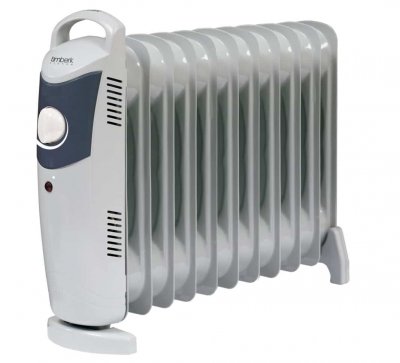
The most common means for additional, and often primary, heating of a home is an oil radiator.
He consists of metal sections, inside which there is a certain amount coolant - mineral oil.
With the help of electric heaters, it acquires the required temperature, gradually, as it increases, it begins to expand and eventually fills about 80% of the entire heater.
Content
Construction of an oil heating radiator
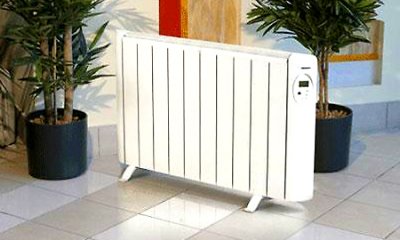
For safe operation and good heat-conducting properties of the system, oil batteries are made of pressed (sometimes cast) steel forms.
They are a composite structure made up of sections with thin ribs.
Small ones fit inside compartments, into which the coolant is later poured. The oil is heated by electric heaters placed next to these sections inside the rib housing. The structure is placed on a metal base with legs.
Reference! Manufacturers could fill the devices completely with oil, but they don’t do this not because of stinginess, but because security: When oil expands in a tightly filled heater, it exerts strong pressure on its walls, creating a risk of explosion.
Technical specifications
Oil heaters have relatively few technical characteristics. The main one, which is used when choosing and buying, is power. Power determines how effectively the device will cope with its task - heating the air in the room. The more space, the more powerful the radiator is needed: per room about 25 squares battery will be needed power consumption in 1.5-2 kW.
Important! The oil in such systems heats the steel walls to temperatures that are very high for the room - 130-150 degrees, therefore, it is better to purchase powerful radiators together with a heat-insulating casing.
Equipment: why do you need a thermostat?
Most oil radiators uniform design: a base on which a metal body with a coolant and heaters is installed.
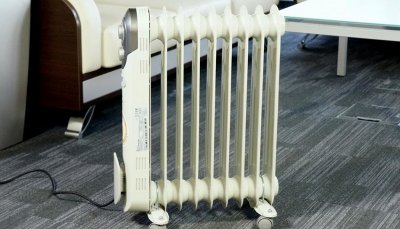
As a rule, only the number of sections — the larger, the higher the power of the device and the area of the ribs — the wider they are, the more evenly the heat is distributed into the room.
Each radiator comes equipped with wheels for easy transportation and almost always a handle for even greater convenience, thermostat, designed to control the temperature of the system walls and the oil inside, as well as a special recess for the power cord and control panel - electronic or mechanical.
The principle of operation of electrical elements
Inside the case are placed electric heating elements - heating elements, which heat the mineral oil (the radiator coolant) to the required temperature, which the homeowner sets on the thermostat.

The oil, heating up, will begin to rise up the compartments and transfer heat to the walls of the battery, and they - into the room.
For greater work efficiency, ribs most radiators don't make them too thin: the area where all the temperature is concentrated will be very small, which is why heat transfer occurs slowly - the system becomes inert.
Pros and cons of energy saving batteries
Oil batteries are selected based on characteristics of a particular model and area, features of the heated room. In addition, the choice is also influenced by formal characteristics: advantages and disadvantages of the system. For a balanced decision when buying, you need to know that such radiators:
- have relatively low cost, so you can purchase it even with a modest budget or at a time when you urgently need an additional heating source, but you have no funds planned for it;
- Due to their small size and light weight, they can be easily moved from one room to another in seconds;
- they don't heat up very quickly, but give off heat for a long time into the room, the thermostat does not need to frequently signal the heating element to turn on, since the oil maintains a high temperature for a long time;
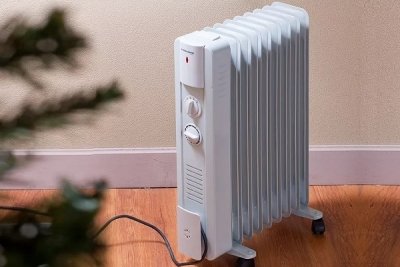
- at work does not make any noise, because it simply has no moving parts;
- easy in maintenance and cleaning;
- energy saving.
But such radiators, of course, are not without their drawbacks:
- At work walls batteries get very hot, which may cause a fire if there are flammable objects nearby. In addition, accidental contact with the device will cause severe burns.
- Not everyone finds it convenient that the radiator is located in the middle of the room, and not hanging under the windowsill. This is especially noticeable in small apartments, where a large device will only interfere with the homeowners' movement.
Types of heaters
The main division of such devices occurs according to their location:
- Mobile - on legs or wheels.
- Stationary - on wall mounting.
It is important to note that some radiators may be to both the first and the second type: manufacturers supply wall mounts and wheels (or legs) with such devices.
Wall or floor mounted
If the heater is constantly on only in one room, then there is no point in leaving it on the floor - it will be easier and better to fix it to the wall.
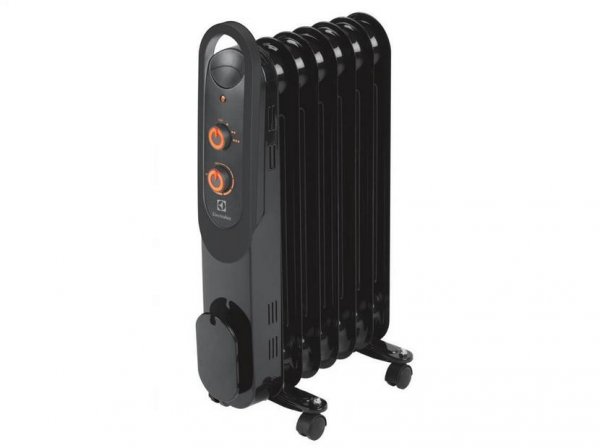
Photo 1. Oil radiator on wheels, model EOH/M-4157, power 1500 W, manufacturer - "Electrolux".
If heating is required in different rooms, then constantly removing the radiator from the wall is a problem, so where It's wiser to leave it on wheels.
Important! Even an oil heater attached to the wall can be removed and hung in another place; it is unlikely that you will be able to do this with aluminum or cast iron heating systems.
In addition, almost all wall radiators with such a coolant are produced in protective casing with a convector, which improves their heat transfer and protects residents from accidental contact and, accordingly, burns.
How to choose the best device for a private house or apartment
To choose the right radiator for heating a house or apartment, pay attention not only to the pros and cons, but also to the characteristics and features of the models:
- Power — directly depends on the energy consumption of the radiator. The larger the room, the higher the power should be. On average, if the room has normal insulation conditions and standard ceiling height, then for 20 square meters you need a heating system of 1.7-2 kW, but no more.
- Number of sections — determines the efficiency of the heater: the wider each section and the more of them there are, the faster the air in the room with this radiator will heat up.
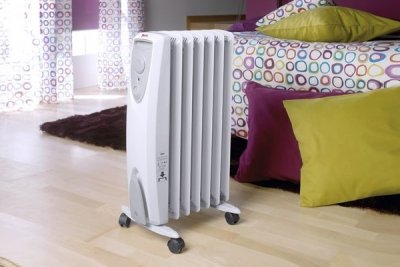
- Working hours — modern radiator models have long used an electronic control system, which is why many operating modes have appeared.
- Adjustment — the temperature is set using a thermostat: when it reaches the set minimum, it starts the heating elements, which heat the oil. Also, the start of the device is delayed using a built-in timer in some models.
- Built-in humidifier - hot convection currents evaporate a large amount of moisture from the air. To solve this problem, a container with water is installed in the radiator, which evaporates water when heated and humidifies the air.
- Economy — with the help of a thermostat, the constant operation of the heating elements is stopped: the oil takes a long time to cool down, why heat it up for so long. When a certain temperature is reached, the thermostat switches off the heaters, after which the oil begins to cool down slowly, giving off heat to the room.
Useful video
Check out this video that explains the difference between convectors and oil heaters.
Operation in the room
Of course, it is better to buy for a private house large and powerful systems, and for an apartment - medium or even small (5-6 sections). Such a heater must be handled very carefully: do not pull the wire when trying to turn it off, do not touch it with bare parts of the body if there is no protective casing and dry things on it as little as possible - this is dangerous. The radiator must be stored in dry room.







